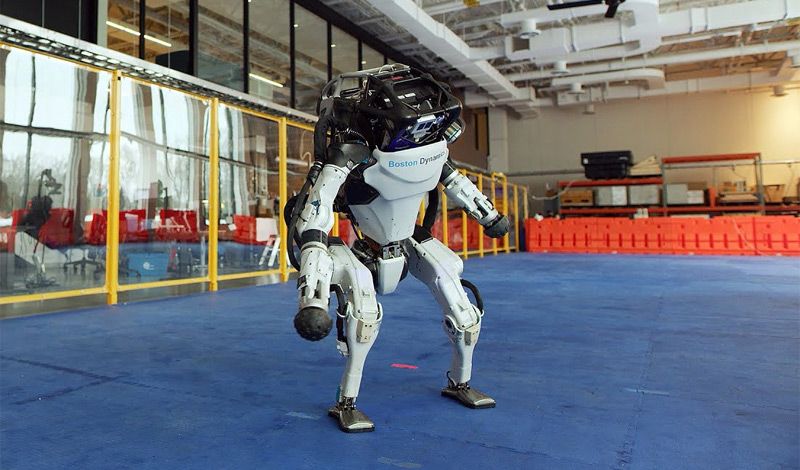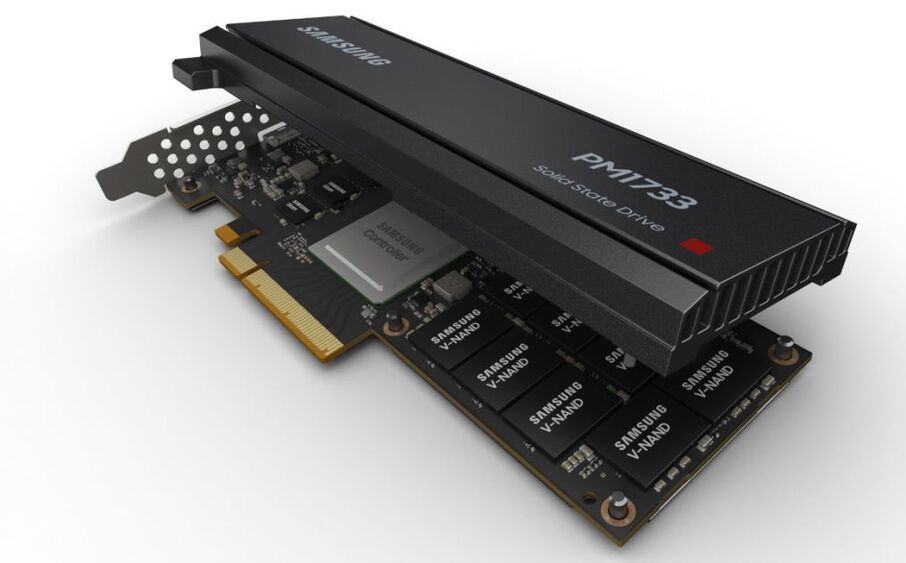AP Exclusive: The Chinese government is tightly controlling all COVID-19 research under orders from President Xi Jinping, internal documents obtained by The AP show. As a result, China’s search for the origins of the virus has been cloaked in secrecy. In a sign of how sensitive research has become, police stopped scientists and confiscated their samples at a mineshaft where the closest known relative of the COVID-19 virus was found.
MOJIANG, China (AP) — Deep in the lush mountain valleys of southern China lies the entrance to a mine shaft that once harbored bats with the closest known relative of the COVID-19 virus.
The area is of intense scientific interest because it may hold clues to the origins of the coronavirus that has killed more than 1.7 million people worldwide. Yet for scientists and journalists, it has become a black hole of no information because of political sensitivity and secrecy.
A bat research team visiting recently managed to take samples but had them confiscated, two people familiar with the matter said. Specialists in coronaviruses have been ordered not to speak to the press. And a team of Associated Press journalists was tailed by plainclothes police in multiple cars who blocked access to roads and sites in late November.









